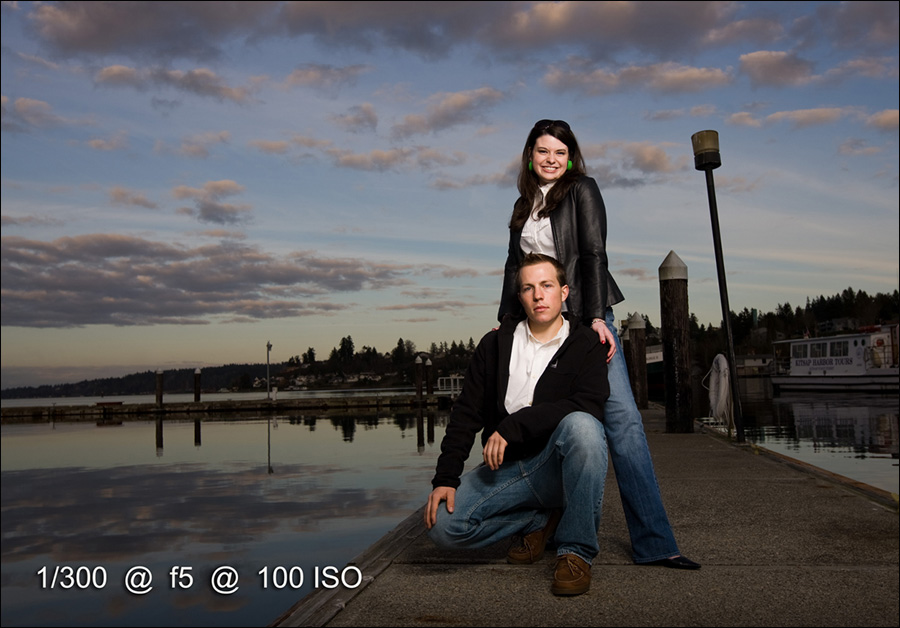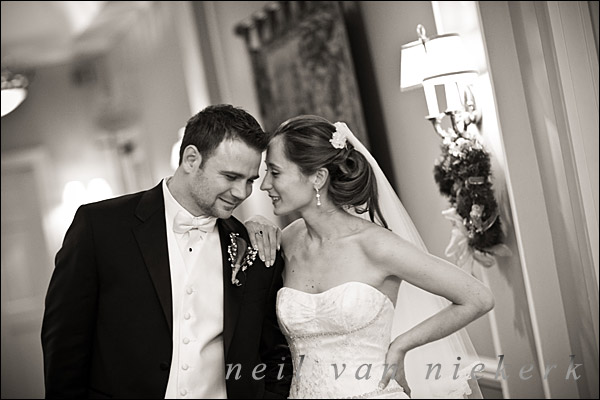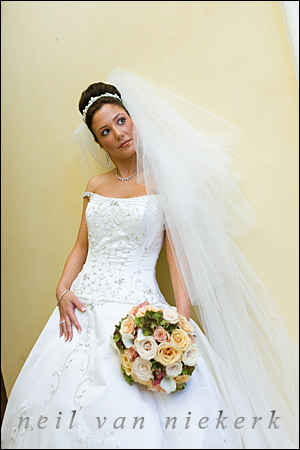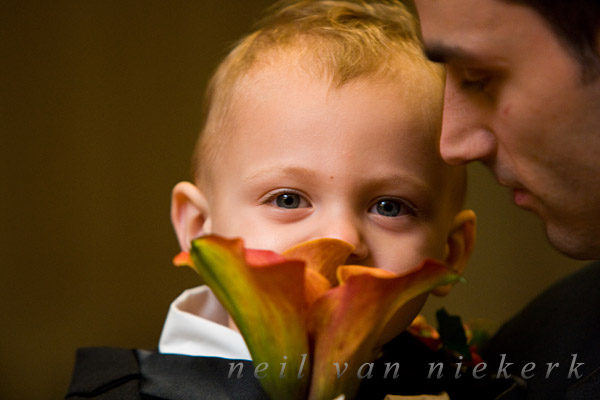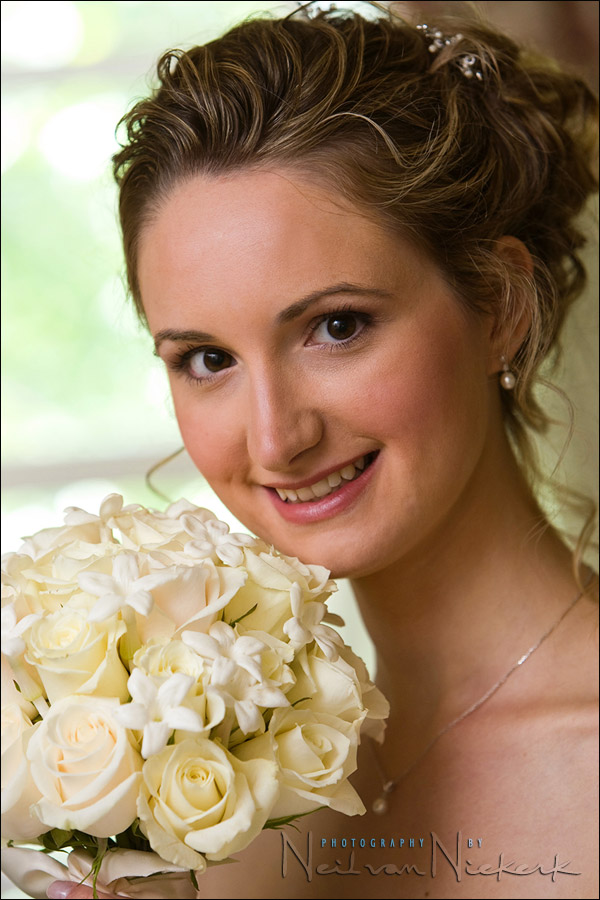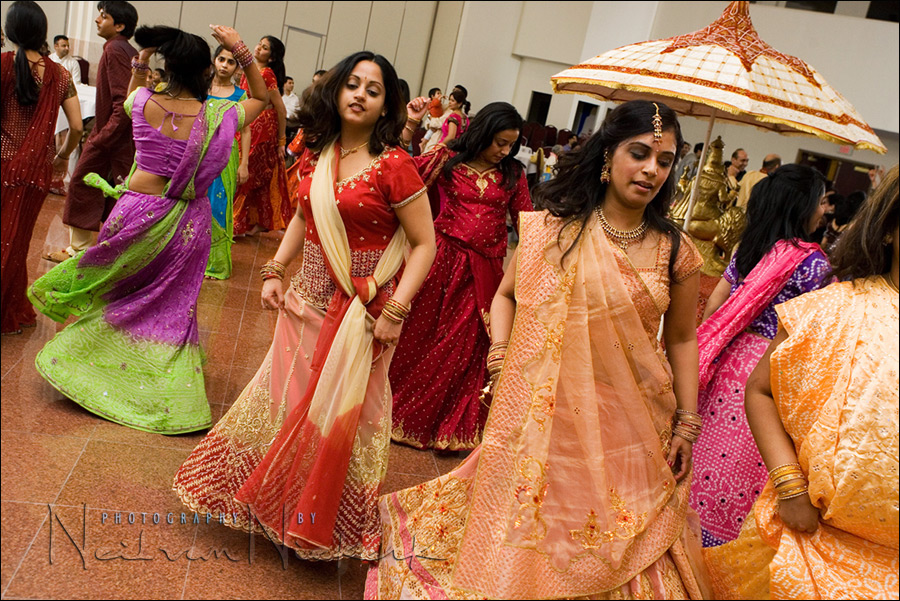Even though most of the tutorial pages here deal with on-camera flash, I don't limit myself to just using on-camera flash. When I need off-camera lighting or when I need more juice from my flashguns than a speedlight can deliver, I use the Q-flashes made by Quantum. For this wedding in Las Vegas, I decided to travel light and as an additional flashgun, bring along a single Quantum Q-flash in addition to the two speedlights I normally take along with me when I photograph a destination wedding. I also wanted the flexibility of wireless TTL control over the flash, and therefore I chose a Read more inside...
off-camera flash photography: what are your camera settings?
off-camera flash photography: what are your camera settings?
What are your settings? - a question that I am often asked about various images. Sometimes, the answer is surprising - it doesn't really matter. Sometimes the specific settings are of importance, but usually much less so than the method of getting to correct exposure of the ambient light and the flash. This is the photographic equivalent of teaching someone to fish, versus just slapping a fish down on a dinner plate. Just telling my settings will reveal very little about the how. And yet, the how is far Read more inside..."Dragging the Shutter" revisited
1/100 @ f1.6 @ 1000 ISO "Dragging the Shutter" is a term used to describe the technique of using a slow enough shutter speed to allow a measure of ambient light to register when using flash. This term originates from an era when photographers would determine correct flash exposure for on-location photography by : - setting the ISO speed according to the film used, - setting the aperture according to subject distance (depends on flashgun's guide number), - then using the shutter speed as the ONLY way of independently allowing more ambient light in, slowing the shutter speed far lower Read more inside...

